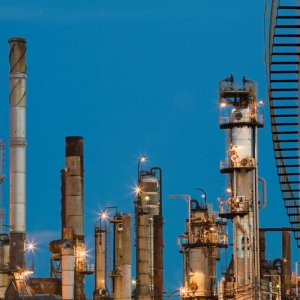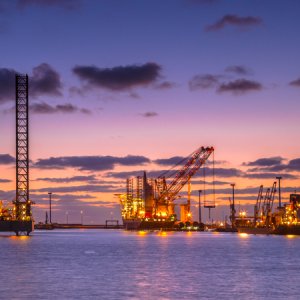Spearheading the Migration Process in Mexico

STORY INLINE POST
Q: In December 2017, Petrofac completed the first contract migration to PSC from CIEP. Why is this important?
A: Under the CIEP regime, we answered directly to PEMEX and the NOC was the sole representative for operations. After the migration, we became the operator of a fullblown PSC with PEMEX as the non-operating partner so our role has increased greatly. The migration represented a tremendous and difficult process because there were no actual guidelines on how to do it. Our migration is important for the country because Santuario is the first CIEP that migrated to a PSC and there are still many hydrocarbon resources in the areas run by CIEPs. Most of the discoveries in those blocks were made in the 1960s and the production of the resources has been developed mainly through primary depletion, mostly in the shallower horizons, meaning that there is still a great deal of production potential remaining through techniques like secondary recovery.
Q: What challenges did Petrofac face when undergoing the migration?
A: The Santuario migration did not just happen from one day to another; it involved a lot of work to manage the process. While it may seem like that involved only signing a new contract, we actually had to negotiate and then sign several agreements with different parties. PEMEX also made a massive effort to complete the migration, and that must be recognized. It was all about team work. It is important to add that during the migration, there were no production interruptions so that at midnight on Dec. 18, 2017, we could start immediate sales of oil and gas under the PSC scheme. In Mexico, we are producing around 15,000b/d, so we are one of the largest private operators in Mexico, as all the major companies that won during the rounds are actually in the exploration phase. Because of our successful migration, others can now use our procedure as a guideline for future migrations, including our Magallanes and Arenque fields.
Q: What are your expectations for the Mexican oil and gas industry as more CIEPs migrate into PSCs?
A: I expect the migrations will result in new exploration, new discoveries and new reserves, helping to reverse the declining production trend for the benefit of Mexico. The migrations involve the rapid submission of a field development plan to CNH by the partnership so Santuario is well underway, entailing a substantial future investment. Where possible, we will aim to bring new ideas and technologies to increase hydrocarbon recovery and to access new reserves.
Q: Has Petrofac considered participating in the licensing rounds?
A: The truth is that we have enough on our plate right now and the FDP will entail substantial investments. We have three very big blocks: one already migrated and the other two still under the CIEPs scheme. As with any new activity, we are on a learning curve in terms of understanding PSCs. Our view is that, before launching more activities, we must take full advantage of the potential that exists in the blocks where we are already working. Furthermore, we can see that there is a great deal of potential in the neglected and underinvested fields run by CIEPs that only need someone with the right management skills to reactivate them. We may look at the licensing rounds in the future because we also have experience in that area, but for now we will focus on what we have.
Q: What challenges are hindering the Mexican oil and gas industry?
A: The first is human capital. With the improving oil price trend and the growth in activity and as the Energy Reform gathers momentum, we anticipate a skills shortage in Mexico. Another is the capabilities of local suppliers where we see a need for help to enhance their capabilities to support the restructured industry. Lastly, land access and security at the fields is an issue.
























